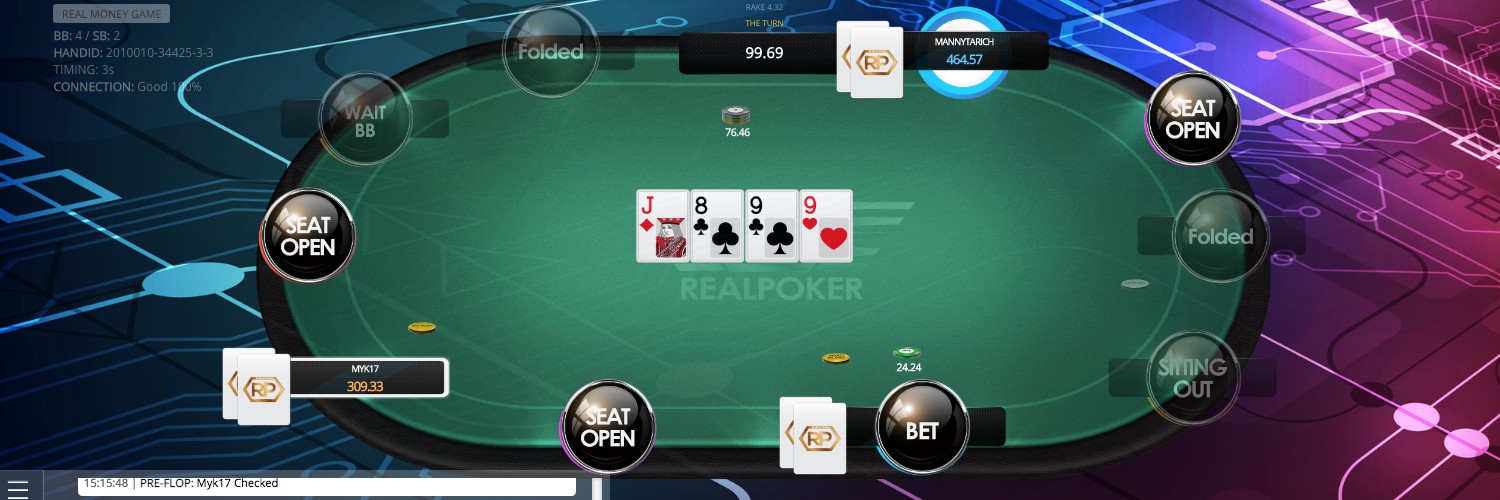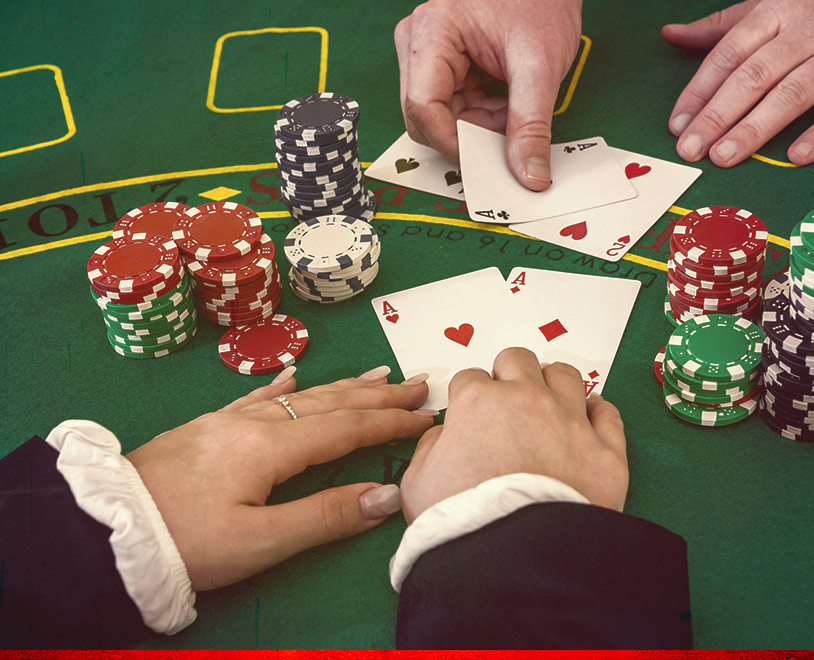What Is A Sit And Go Poker Game
If you’re looking to experience some fast-paced poker action and improve your skills at the same time, you may want to consider an online sit and go tournament. This popular option combines the real-money play of a ring game with the attrition and prize structure of a multi-table contest.

The best online poker sites for SNGs (sit and go tournaments) in 2021. Find out where the best places are to play SNGs for real money and why. A Sit & Go tournament is a poker tournament with a pre-defined number of players (varying from 2 to 120), which begins once all of its seats are filled. To learn how to join a Sit & Go tournaments, please.
For those who are new to the world of Internet gambling, this article is meant to familiarize you with sit n gos online. We’ll cover the basic format of the tournament, all pertinent rules, as well as offering a number of tips to help you come out on top.
What is a Sit and Go Game?
A Sit and Go tournament is also known as an SNG or SitnGo. These games are contested between six and 10 players, and the usual length runs from 20 to 60 minutes. The cost of entry varies from one tournament to another, but they can range from less than $1 to more than $1,000.
A Sit and Go an on-demand poker tournament that begins as soon as the seats are filled. It’s usually a single table of 2, 6, or 9 players, although more popular poker sites can fill multi-table Sit and Go’s. A Sit and Go tournament is also known as an SNG or SitnGo. These games are contested between six and 10 players, and the usual length runs from 20 to 60 minutes. The cost of entry varies from one. Sit tight at the start. Play tight (stick to good hands) during the early stages, when the blinds are.
The name “sit and go” is derived from the fact that these tournaments begin as soon as all seats at a table are taken. Games fill up fast, which is why most online card rooms have them scheduled in steady succession throughout the day.
In order to enter the tournament, a player has to pay a specified buy-in amount. Just like in a cash/ring game, this amount equals the starting chips for all participants. If, for example, a table requires a $20 buy-in, then each player begins the game with $20 in chips.

Gameplay continues until only one player remains. At this point, the tournament is over and those who finished in the money receive their payout. There are no re-buys in these games; when your stack of chips has been depleted, you’re eliminated from the contest (known as a “freezeout tournament”).
The top three players usually receive a cash prize, although this is sometimes reduced to two in smaller games. In a game where 10 players each contributed $20, for example, the prize breakdown might be something like this: $100 to first place, $60 to second place, and $40 to third place.
In addition to the faster pace of the game, players are put under pressure by the presence of an increasing blind structure. The big and small blinds traditionally rise every 10 hands in a 10-player game, and this has a great impact as the rigors of the tournament begin to whittle away at the stacks. The most noticeable effect is that players are forced to play less-than-optimal hands in the latter stages of the game.
In multi-table tournaments, a player competes at a table until they’re the only one remaining, and then they move to another table where fellow winners have gathered. This continues until the surviving players compete at a final table. While this structure can be found at some sit and go games, most of these tournaments are limited to the players at a single table.
How to Win a Sit n Go Tournament

There are a number of qualities needed to win a sit n go tournament, and don’t forget that luck also plays a factor. While there’s nothing I can do to help with the latter, the following tips should give you a better chance of finishing in the money.
During the early stages of the tournament, it’s wise to adopt a conservative strategy. This means avoiding big chip confrontations whenever possible, and only being aggressive when you have a premium hand. Remember: tight is right in the early levels.
If you’re playing in an early position during a hand, you should be as tight as possible. If you commit money on a weak hand, you could wind up being forced out by the time the betting gets back to you. In a game with such small stacks, the chips you just wasted could wind up costing you dearly.
During the middle stages of a sit n go, it’s recommended that you adopt a more aggressive strategy to put pressure on your opponents and add to your stack. Don’t be afraid to go after small pots, re-raise, go all-in, and steal blinds. Don’t get carried away, though, especially when you have a marginal or speculative hand.
The middle stages are also a good time to remember the “gap concept.” This means you can open the pot more frequently and with more mediocre hands than you can call with.
Keep an eye out for the “money bubble,” which is the phase of the tournament where only four players remain. Once one of these individuals has busted, everyone else is guaranteed of finishing in the money. Use position to your advantage at this point, play aggressive, and try to exploit those with shorter stacks.
In the latter stages of the game, you’re considered short-stacked if your total is six times less than the amount of the big blind. If this happens, you need to work on improving your stack as soon as possible, and the best way to do this is to target other survivors with small stacks.
If you have the misfortune of being short-stacked when only four players remain, there’s nothing wrong with looking for an opportunity to go all-in. You’re likely to get called because of your smaller chip count, so wait until you have a hand that’s well-suited for a showdown.
During the final stages of the game, don’t play too tight. The large blinds are going to erode your stack at an alarming rate, so you’ve got to get in there and do some damage. Open as many pots as possible, and don’t be afraid to re-raise.
No matter what stage the tournament is in, always try to get a feel for your opponents. This is a must in any type of competitive poker game, as it allows you to predict possible behavior and capitalize on it. For example, weak players are prone to fold when raised, while overly aggressive players raise with marginal hands and are less likely to shy away from a bluff.
Sit and Go Poker Tournament Strategy
It’s said there are two kinds of poker players in the world: those who play cash games, and those who play tournaments. There’s a lot of truth to that. Cash games are great for people who are on the grind, trying to build up their bankroll with as little variance as possible. Tournaments are great for people who like to win, and who dream of making the big score.
Why not do a little of both? If you play Jackpot Sit and Go poker tournaments at Ignition, and apply some of the Sit and Go strategy advice below, you can build your bankroll like a pro while also enjoying the fun of the tournament format. This is how many of the top players you’ve heard of got their feet wet playing online poker. It’s the best way to learn the game when you’re just starting out – so let’s see what these Sit and Gos are made of, and how to get the most out of them.
What is a Sit and Go Poker Tournament?
A Sit and Go is a special kind of tournament with a predetermined number of players, usually between two and 180. Instead of a scheduled start time, Sit and Gos begin as soon as the required number of players have entered; once that happens, the game plays out much like a regular tournament, with the prize pool distributed among the longest-lasting survivors, and the largest prize going to the winner.
What Is A Poker Sit And Go
The 1-table Sit and Go is the most common way to play these events. The table in question could be heads-up (two players), 6-max (six players) or full ring (nine players). The full-ring Sit and Gos take roughly one hour to complete, and the top three players will finish in the money; 6-max Sit and Gos are quicker, with the top two getting paid, and the super-fast, heads-up Sit and Gos are winner-take-all.You’ll also find the new Jackpot Sit and Go format at Ignition Poker. These are 3-player tournaments with a random cash prize of up to 1,000X going to the winner. They’re also the fastest Sit and Gos of them all, using the Hyper Turbo structure with the blinds going up every three minutes. Turbo Sit and Gos have blind levels of five minutes, while standard Sit and Gos use 10-minute levels. The longer the levels, the longer it will take to finish the tournament on average – and the more skill you’ll need to beat the game.
Unless you’re playing one of our All-In Sit and Gos. These “flipaments” are games of complete chance; each player starts with just two chips, and everyone automatically goes all-in on every hand until a winner is declared. No skill necessary in these fun tournaments. Otherwise, each tweak in the format will require a slightly different Sit and Go tournament strategy in order to win the game as often as possible.
And there are many different Sit and Go flavors on the Ignition Poker menu. There are Double Up (6-max) and Triple Up (full ring) tourneys, where the play stops as soon as the bubble bursts, and the remaining players each receive the same cash prize. There are Beginner Sit and Gos, which see more players finish in the money. You’ll also find Sit and Gos where the starting stack is 500 chips instead of the usual 1,500. Texas Hold’em, Omaha and Omaha Hi/Lo can all be played as Sit and Gos, and some of these tournaments are satellites into larger, multi-table poker tournaments (MTTs) like the weekly $100K Guaranteed and the $75K High Roller.
How to Beat Sit and Gos
While each kind of Sit and Go (SNG) has its own wrinkle, you can start attacking these games with a basic poker SNG strategy and adjust from there as required. SNGs aren’t as difficult to beat as cash games or MTTs, which makes them ideal for beginners who want to learn the ins and outs of poker; you’ll get to work with different stack sizes, and different numbers of players at the table, so you’ll be better prepared to tackle any situation you may find yourself in at the table.
Sit and Go Starting Hands
Pre-flop is the most important stage of any poker hand, and while there are many ways to approach this part of the game, beginners are recommended to stick with uniform starting ranges. Play your strongest hands from early position, then open your range as you get closer to the blinds. At the start of a Sit and Go, you’ll have relatively deep stacks; anything over 40 big blinds will allow you to open the same ranges you might at a cash game.
As your stack dwindles to 10-15bb, you’ll have to either push all-in or fold to maintain leverage on your opponents; again, this can be done with specific ranges as a default. Ideally, you’ll widen or narrow your range to account for your opponents and their tendencies, but for beginners, your best bet is to learn a standard range and stick with it until you’re comfortable. You can find recommended ranges for free on the internet – try pinning them on your wall and referring to them while you play Sit and Gos at Ignition Poker.
Sit and Go Stage Playstyle
Everything in life has a beginning, a middle and an end. So it goes with poker. The simplest way to handle a Sit and Go is to divide it into three stages: early, middle, and late. There isn’t a specific demarcation point between the early and middle stages, but you can use that 40bb threshold as a guideline, since anything shorter than that requires a change in strategy. The late stage starts when the bubble has burst and you’re in the money.
You may have a deeper stack in the early stage of a Sit and Go, but that doesn’t mean you should treat it exactly like a cash game. All tournaments emphasize survival over chip accumulation, SNGs included, so don’t go broke chasing small edges during this stage. Consider opening a tighter range instead, and use this time to profile your opponents – no doubt at least one or two will be splashing around with their chips, especially in SNGs with lower buy-ins and/or shorter blind levels. Trap these players when you have a big hand, and avoid them when you don’t.
Once your stack gets below 40bb, you don’t have the same opportunities to play speculative hands that you do in the early stages, like baby pairs and suited connectors in Texas Hold’em. It’s okay to play these starting hands in small pots pre-flop when you’ve got enough chips, hoping to make a big hand, but once you’re in the middle stage, focus more on high-card value. Top pair with a good kicker (TPGK) is a potent hand during this part of the tournament, preferably top pair-top kicker (TPTK).
Even if you do make top pair, you might want to be careful throwing those chips around. Once you’re close to the money bubble, there’s extra value in playing it cautiously, waiting for someone else to get eliminated first. However, if you’re the short stack on the bubble, you’ll need to play much more aggressively to avoid missing the money. Be prepared to go all-in when you’re first to enter the pot; if you go bust, fine – just load up another SNG and try again.
What Is A Sit And Go Poker Game Free Play
After the Bubble
Getting into the money is the first step toward Sit and Go success. Once the bubble has burst, you’ll have more incentive to open up and go for the win. In a standard full-ring SNG, you have three players in the money; your strategy at this point should take into account everyone’s stack sizes. Generally speaking, the big stack should attack the medium stack, and the medium and small stacks should attack each other. This dynamic pretty much stays the same when there are more players in the money, and continues until you’re heads-up for all the marbles. After that? May the better player win.
Sit and Go Bankroll Management
Sit and Gos are fantastic for building your poker bankroll, but to get the most out of them, you’ll need to choose your buy-ins carefully. Don’t put all your eggs in one basket – diversify by splitting your bankroll into units of at least 100, and spend no more than one unit per buy-in. For example, if you start with $500, don’t play any SNGs above the $5 mark. There’s still plenty of variance in Sit and Gos; you might win a bunch in a row, or you might go a while without cashing, so keeping your buy-ins small enough will help ensure you make it through the lean times. This is doubly important when you’re just starting out, and you’re already better off avoiding the experienced players at the higher stakes.

Now that you have all these Sit and Go concepts in your arsenal, you’re ready to hit the SNG felt and try out some smooth moves. Play one tournament at a time to start, then gradually add more tables if you want to put in more volume – you can play up to 15 SNGs at the same time when you play at Ignition Poker. See you at the tables.